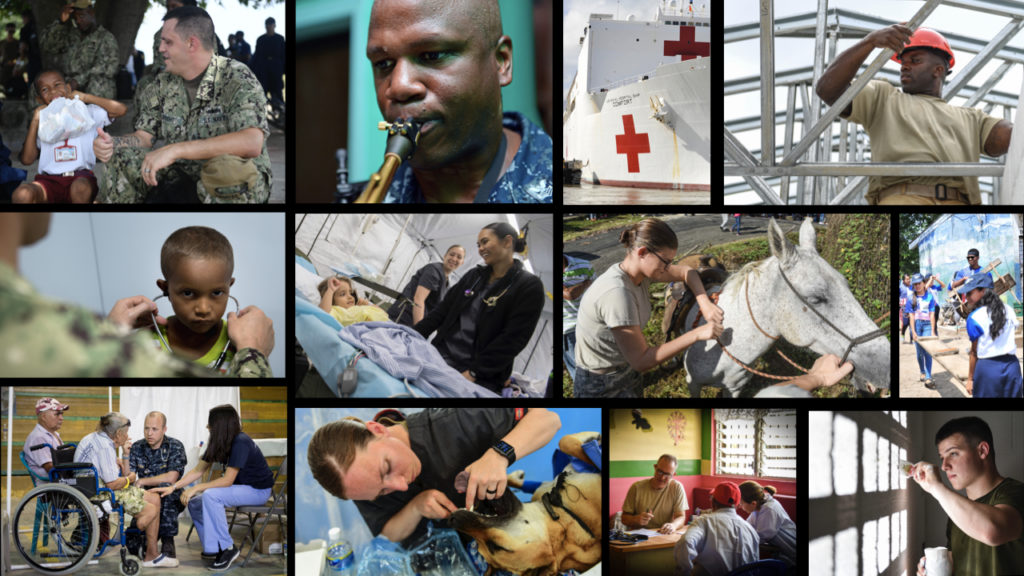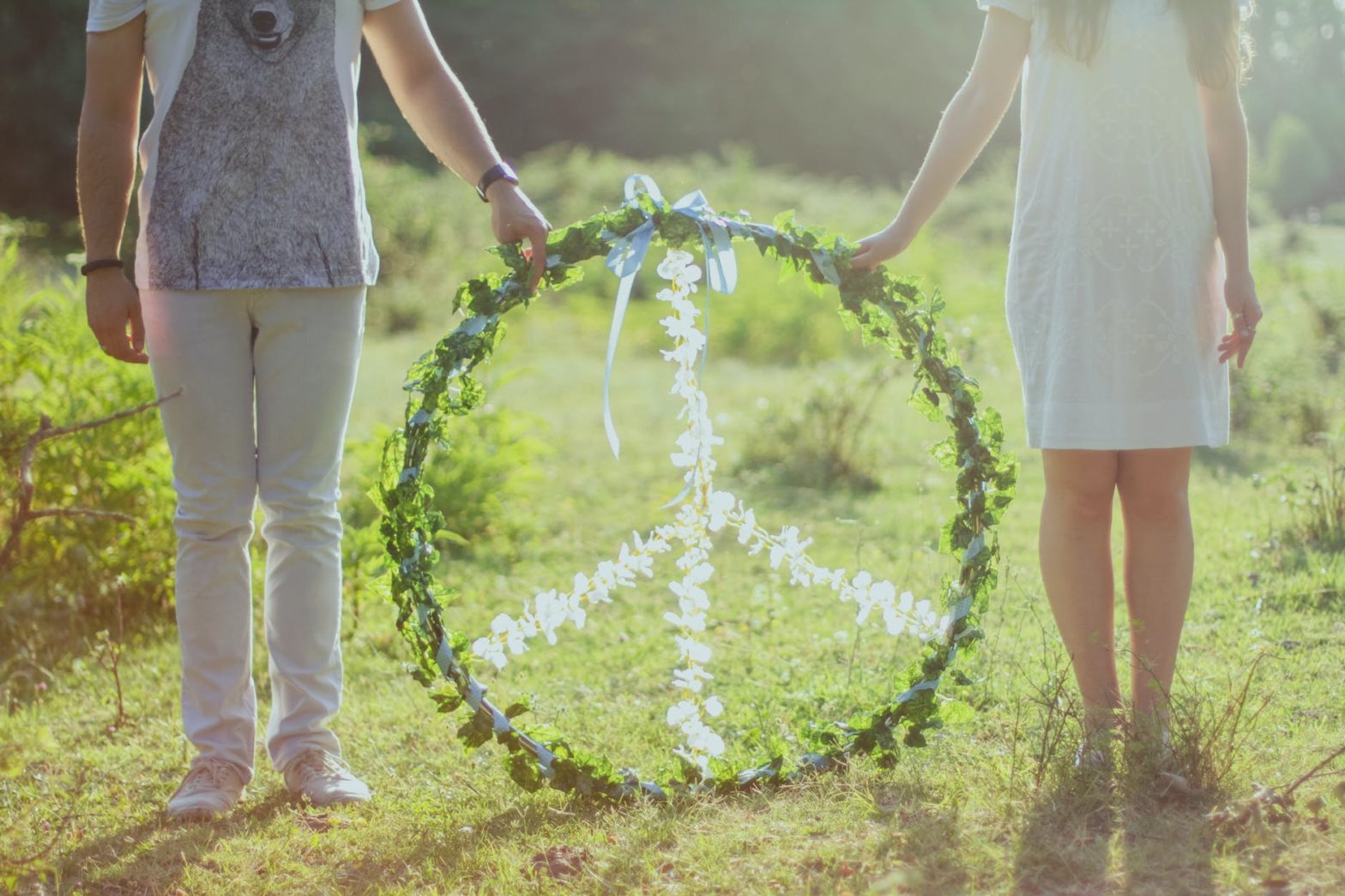Summary
Those who consider themselves peacemakers will likely find 2023 to be a challenging year. Hopefully people will head into 2024 with a renewed vision and stronger resolve. This document offers commentary on some issues that peacemakers are facing and related topics. The topics are listed in alphabetical order.
Courage to be a Peacemaker
Some people consider pacifists and peacemakers to be avoiding war and conflict as a result of cowardice or laziness. Fighting in combat requires work and sacrifice, so peacemakers are presumed by some to be lazy and selfish.
When we think of notable peacemakers and peace advocates, they are generally not cowards or lazy:
- John Lennon [Wikipedia]
- Mahatma Gandhi [Wikipedia]
- Martin Luther King Jr. [Wikipedia]
- Nelson Mandela [Wikipedia]
- Robert F. Kennedy [Wikipedia]
- Yitzhak Rabin [Wikipedia]
Peacemakers can sometimes be perceived as traitors because they work with people who are perceived to be enemies and they may ask for concessions and compromises. Some people want to “win” without any compromise.
Part of peacemaking is to humanize those who had previously been vilified. Peacemaking involves helping people see the good in others, and acknowledge the suffering of others, perhaps taking some blame for harm inflicted on others.
For these reasons, peacemakers like most of those listed above, are sometimes assassinated. Mahatma Gandhi, Yitzhak Rabin, and others may find their most fierce enemies to be of their own nationality or religion. While peacemakers are equally disliked by some on all sides, often the emotional sense of betrayal is greatest from among their own people.
In addition to risking their lives, peacemakers sometimes must fight in self defense and may face prison time. So, it’s incorrect to conclude that peacemakers are cowards or lazy.
Love of Country
On the surface, it may look like peacemakers and war protesters are not patriotic. Why else would they criticize the country and government, especially in times of war?
In reality, most peace advocates are promoting peaceful resolution, cooperation, and compromise as a way to establish lasting peace rather than short-term gains building on a crumbling foundation of underlying conflict and injustice.
The peace advocate believes in strength through peace, rather than peace through strength (military superiority).
In 2022, the United States was recorded as spending over $800 billion on defense. That’s more than the next ten countries combined. Yet we still don’t have peace.
At a recent National Security Advisory Council meeting, former Marine Corps four-star general and Secretary of Defense, James “Mad Dog” Mattis stated: “If you don’t fund the State Department fully, then I need to buy more ammunition ultimately. … funding to the State Department prevents war.” [Source]
So, even military generals show their love of country by advocating the best strategies for maximizing national security and defense, even if those recommendations are preventative rather than waiting until a military response is needed.
Preventative Peacemaking
Much of the preventative work of peacemaking involves diverse people making personal connections. Examples would include: book clubs, craft groups, interfaith groups, service organizations, yoga classes, Barre classes, public events, Unitarian events, Quaker meetings, and gatherings like Dances of Universal Peace. These types of meetings declined during the pandemic, with some organizations not making it through.
As people retreated to their places of isolation during the pandemic, some of the social ills associated with collective isolation began to flare up. Three years later, we’re living with multiple wars and conflicts around the world.
An ounce of prevention is worth a pound of cure. Unfortunately, the easier preventative practices of peacemakers had not been as readily available in recent years. It’s been hard to coax people back out of their homes and safe havens. Now peacemakers must work harder to foster the opportunities for relationship building and understanding.
While protesting has its place, peacemakers may be more effective applying 80% of energy and resources toward solutions and services, with 20% of energy and resources pointing out what’s wrong in the world. Quite often, people already know what’s wrong and are searching for solutions. An example below of U.S. Southern Command offers insights into what proactive peacemaking might look like even from unexpected people.
U.S. Southern Command
Perhaps the most powerful military presence in the world, and least known, is the U.S. Southern Command. They arrive by land, air, and sea as a unified team of doctors, dentists, optometrists, teachers, librarians, musicians, veterinarians, construction workers, and other specialists. They build schools, healthcare clinics, libraries, homes, and work with local farmers to improve agriculture and economic self-sufficiency. When we help people thrive, it fosters gratitude, abundance, and overall wellbeing. It builds partnerships that benefit all those involved. [Learn More]

We need more high-level up-stream preventative solutions like those shown above being delivered by those who advocate peace.
